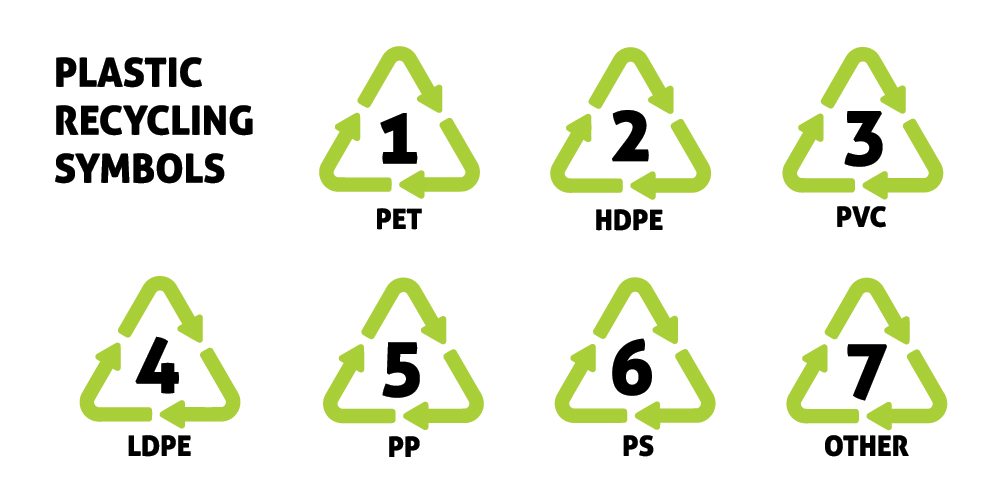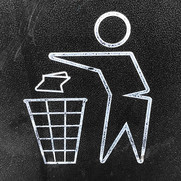Plastics – Resin Codes. What do they mean?

As part of our short article series on plastic, we have so far looked at the basics of what each recycling symbol means. However, within this article, we have decided to take it one step further and delve deeper into resin codes and explain what each label means.
What is a Resin Code?
Resin codes originated from the Society of the Plastics Industry back in 1988. However, they were only administered in 2008 through the ASTM International Resin Identification Coding System (RIC). From this, resin codes have been placed on almost every piece of plastic which will continue for the foreseeable future.
What’s The Purpose?
A plastic resin code, or ‘Resin Identification Code’, shows the consumer which type of plastic resin was used to make the chosen product, whether that be a plastic bottle, container or jug. The resin is usually defined between 1-7, and the relevant number will appear in the centre of the arrows on the label that is placed on the product.
What Do They Mean?
Within the UK, codes 1 and 2 can usually be recycled. However, resin code 3 is not typically collected from households and is in decline. With the introduction of the plastic bag tax, resin code 4 now means that plastic bags can be given back to supermarkets for reuse. Finally, resin code 5 and 6 are usually now recycled whereas resin 7 is usually not.
Here is some more information on which polymers each resin coder relates to, and what they are commonly used in:
Abbreviation and Polymer Name
| Resin Code | Abbreviation and Polymer Name | Uses | |
|---|---|---|---|
| 1 | PETE: Polyethylene Terephthalate |
|
   |
| 2 | HDPE: High-density Polyethylene
|
|
   |
| 3 | PVC: Polyvinyl Chloride
|
|
   |
| 4 | LDPE: Low-density Polyethylene |
|
   |
| 5 | PP: Polypropylene
|
|
   |
| 6 | PS: Polystyrene
|
|
   |
| 7 |
OTHER or O:
|
|
   |
2EA® are registered Low Carbon Energy Assessors, Consultants and ESOS Lead Assessors, offering both energy management and reduction services ranging from CCL/CHPQA Management to Energy Saving Opportunity Scheme (ESOS) and Carbon Reduction Commitment (CRC) consultancy.
For more information, please contact us either by email to info@2ea.co.uk or by calling 01293 521 350.





